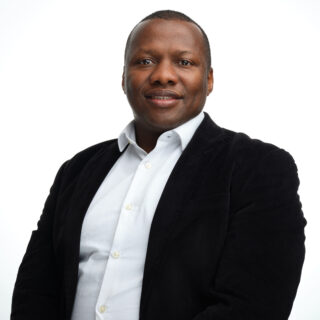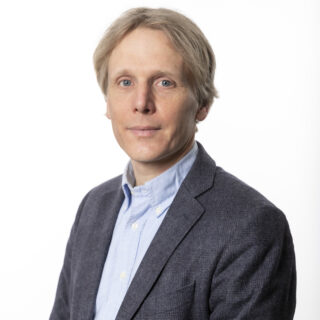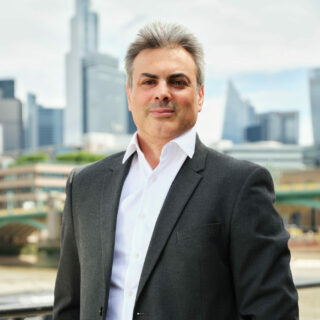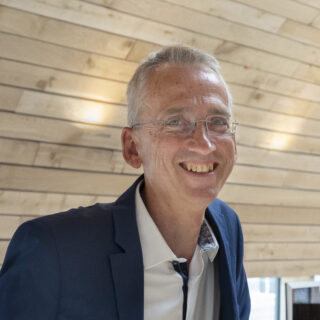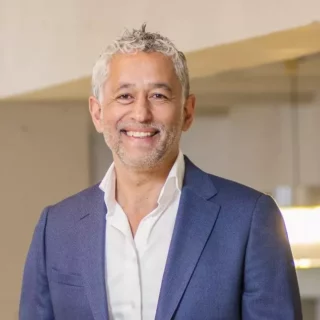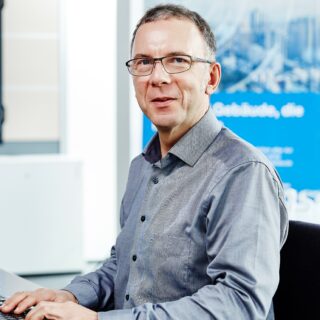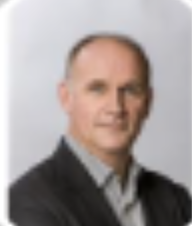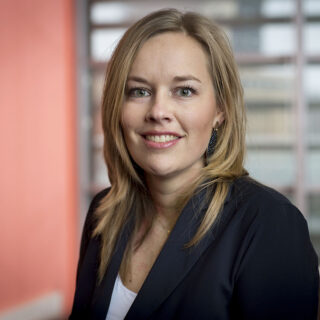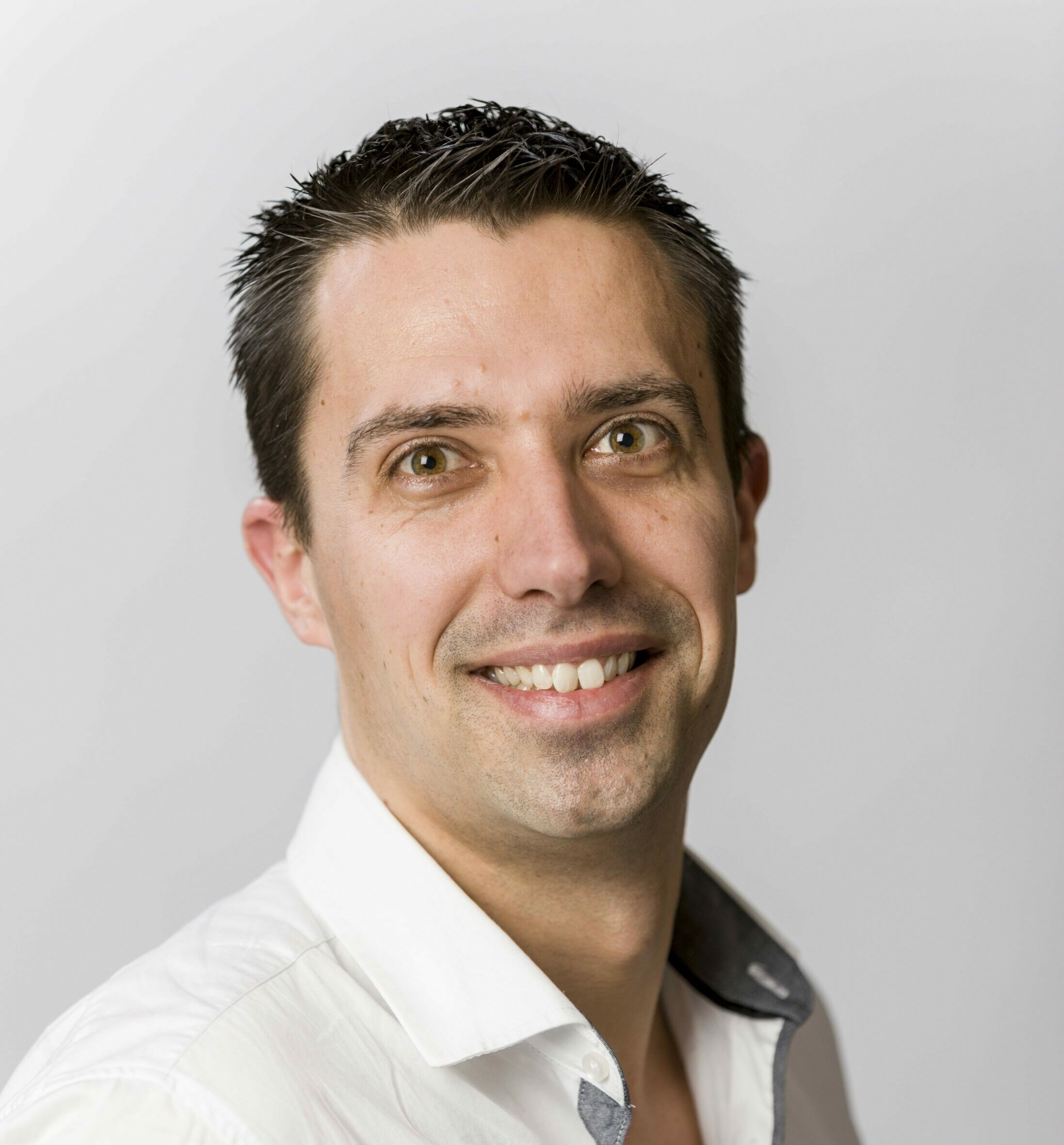
Data Centre owners are constantly upgrading their facilities in order to stay relevant and offer their clients better services. At Deerns, we are harnessing our extensive knowledge of the sector to support clients in undertaking the challenge of retrofitting existing facilities.
The Data Centre market expands continuously because of the ever-increasing demand for data storage, processing power, and connectivity. In addition, computing density is increasing because the power of computer chips increases constantly – this allows more data to be stored & processed in the same physical space.
Together with this explosive growth comes a higher demand for electrical power, coupled with the inevitable focus on sustainability and environmental responsibility. Traditional air-cooled data centres are beginning to reach their limits.
Furthermore, data centre owners and operators are now also having to contend with grid constraints. In a saturated grid, the infrastructure is operating at or near its limit, and there may not be enough spare capacity to handle unexpected increases in electricity demand or to ensure the reliable delivery of power to all consumers.
These factors highlight an urgent need to reduce power consumption growth and upgrade the infrastructure. Many data centre operators are actively working to reduce their carbon footprint and minimise energy consumption.
At Deerns, we are working with our clients and stakeholders in the sector to meet these challenges by:
- Developing new cooling techniques and strategies
- Identifying sites which have “reserved power” that is potentially readily available from the grid (due to previous high demand or over allowance)
- Promoting policies that aim to upgrade the grid infrastructure, not only for data centres but for society as a whole.
The stakeholders with whom we work are:
- Data centre owners and their respective development and operating departments Suppliers of new equipment and cooling techniques, and companies involved in ICT and security systems
- Government bodies at national, provincial and local levels, which drive sustainability and grid capacity solutions
- Investors who require specialist advice during their investment process from inception to design reviews of both new & existing projects.
Retrofitting offers the Potential for Improved Efficiencies
As facilities reach their end-of-life, many owners are now looking at upgrading with the same amount of power while increasing their data computing capacity.
Furthermore, there is currently a trend for larger companies in the sector to acquire existing smaller facilities and integrate them into their operations. Many of these smaller legacy data centres were built some twenty years ago using superseded telecommunications infrastructure assets. These are now considered operationally inefficient due to the legacy technology they use.
By retrofitting existing data centres with the latest available technology and innovations, facilities are able to double, or sometimes triple, their operational capacity without drawing extra power from the grid.
Here’s where we harness specialist Data Centre knowledge
The decisions around upgrading are based on four primary aspects:
- Where the data centre is located
- The size and capacity of the data centre
- The type of clients that the data centre serves
- The investment value feasible in terms of the business model
Retrofitting is an exciting development in mature markets, but it is challenging for market players and needs a tailored approach. Clients need to understand the product context – what’s on the market and what would work best for them. The professional team must work with existing plant and carry out the refit while the facility remains operational. In addition, consultants and contractors have to be specialised in retrofitting as they are working in a live environment.
Deerns is well positioned to take on these challenges because we are already involved in many aspects of knowledge development in this sector, including working with public & private parties on several new cooling technologies.
" We are also working on several retrofits for clients for whom we built their new data centres years ago.
By bringing our specialist know-how together with a keen understanding of what clients need, we can develop an ideal outlook and provide clients with centralised accurate information on which to base their decisions.
TDD: The Deerns Advantage
Embarking on a successful retrofit begins with a Technical Due Diligence (TDD) process. During this phase, we thoroughly examine and assess all current technical components of their assets. These evaluations yield valuable insights into factors like equipment efficiency and the expenses associated with transitioning to more powerful, eco-friendly, and energy-efficient alternatives.
Next, we conduct an operational evaluation to build a compelling business case for our client. The outcomes can be used to develop a specific programme which aims to find the perfect balance between retaining existing equipment and investing in new technologies and systems, including more efficient hardware and liquid cooling systems.
Liquid cooling is available at three levels:
- Immersive cooling: an innovative and advanced cooling technique designed to efficiently dissipate heat by submerging the hardware in a dielectric fluid or coolant, creating a direct and efficient means of heat transfer.
- On-chip cooling: an advanced version of immersive cooling, targeting individual heat generating components directly.
- In-chip cooling: involves advanced nanotechnology concepts which have been in development for years and are now being tested in operational environments.
Deerns is working on these technologies with different parties from a knowledge-sharing perspective to set up testing labs to bring these innovations to market.
The complexities inherent to retrofit projects necessitate a fresh perspective. The Deerns approach merges experience, expertise and innovation to guide existing data centres into the future.





